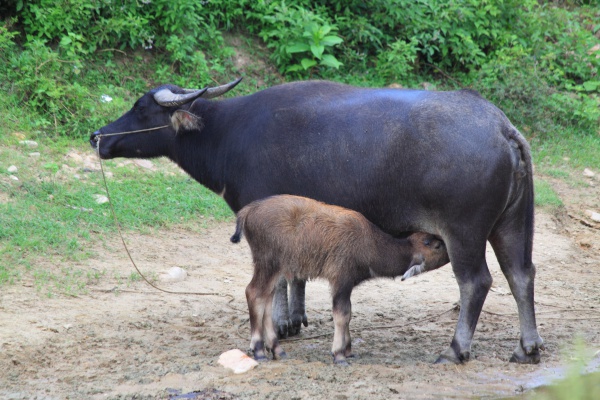Facts About Water buffalo
Water buffaloes, originally hailing from the Indian subcontinent, Southeast Asia, and China, are now distributed worldwide. There are two main types: the river buffalo and the swamp buffalo. River buffaloes are primarily found in the Indian subcontinent and the Balkans, whereas swamp buffaloes are prevalent from Assam to Southeast Asia and China. These animals have been domesticated for millennia—approximately 5,000 years in India and 4,000 years in China. Today, there are over 130 million water buffaloes globally, and they play an essential role in agriculture, notably for plowing rice fields and producing nutrient-rich milk.
As early as 2500 BC, water buffaloes were traded from the Indus Valley Civilization to Mesopotamia. They are vital to their ecosystems, often preferring to wallow in deep water or mudholes. Water buffaloes consume a variety of plants, aiding in the control of invasive species. Their genetics, behavior, and reproduction vary between the river and swamp varieties. These animals are not only farmed for dairy and meat but also for their hides, bones, and horns, which are valuable commodities.
By 2011, the global water buffalo population had reached approximately 172 million, with the majority residing in Asia, particularly in India and China. They are also found in Europe, Australia, South America, and North America. In the 19th century, water buffaloes were introduced to Australia, where they eventually became feral and caused environmental damage. In some regions, they are employed for conservation grazing.

 Israel
Israel